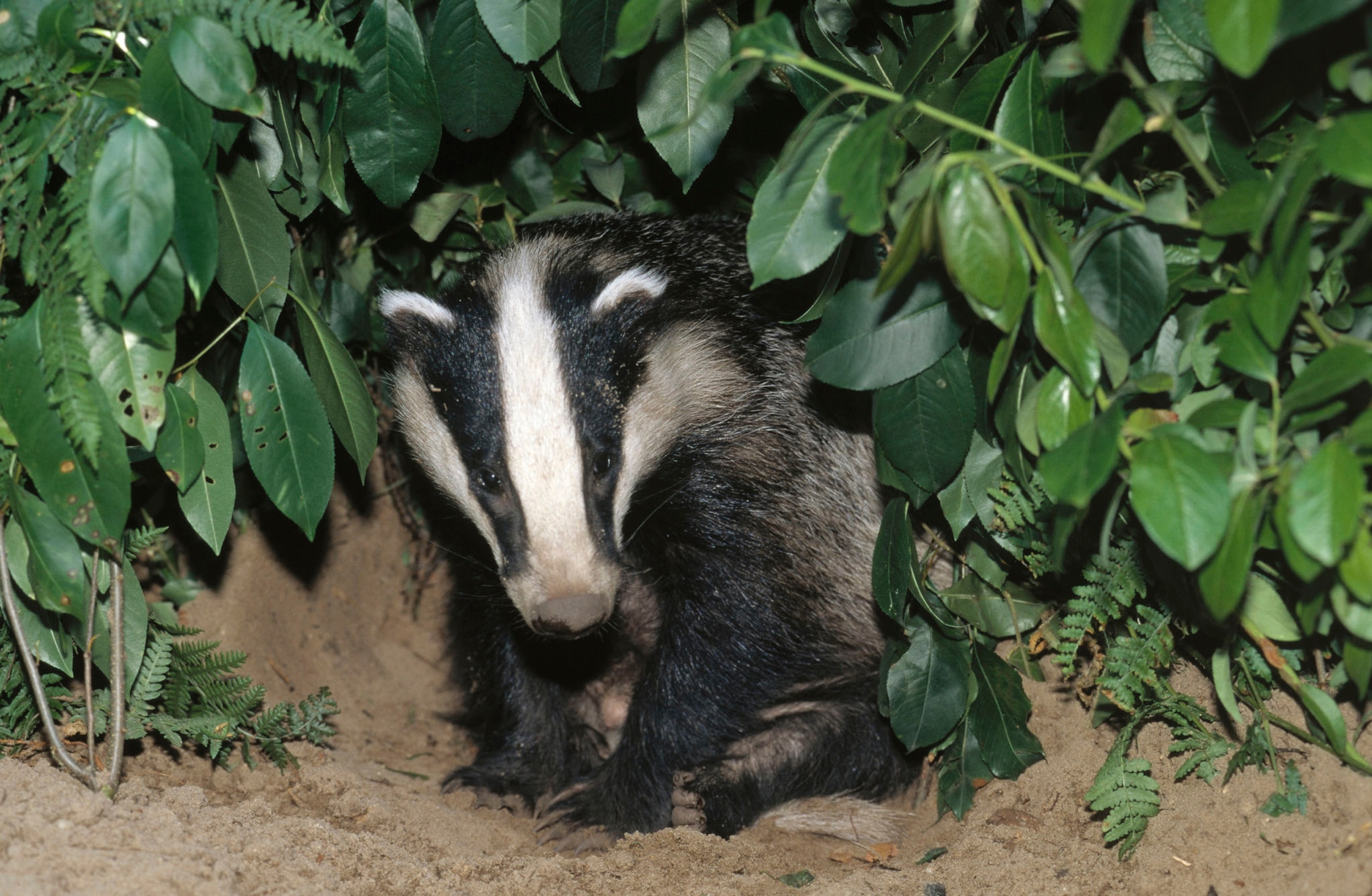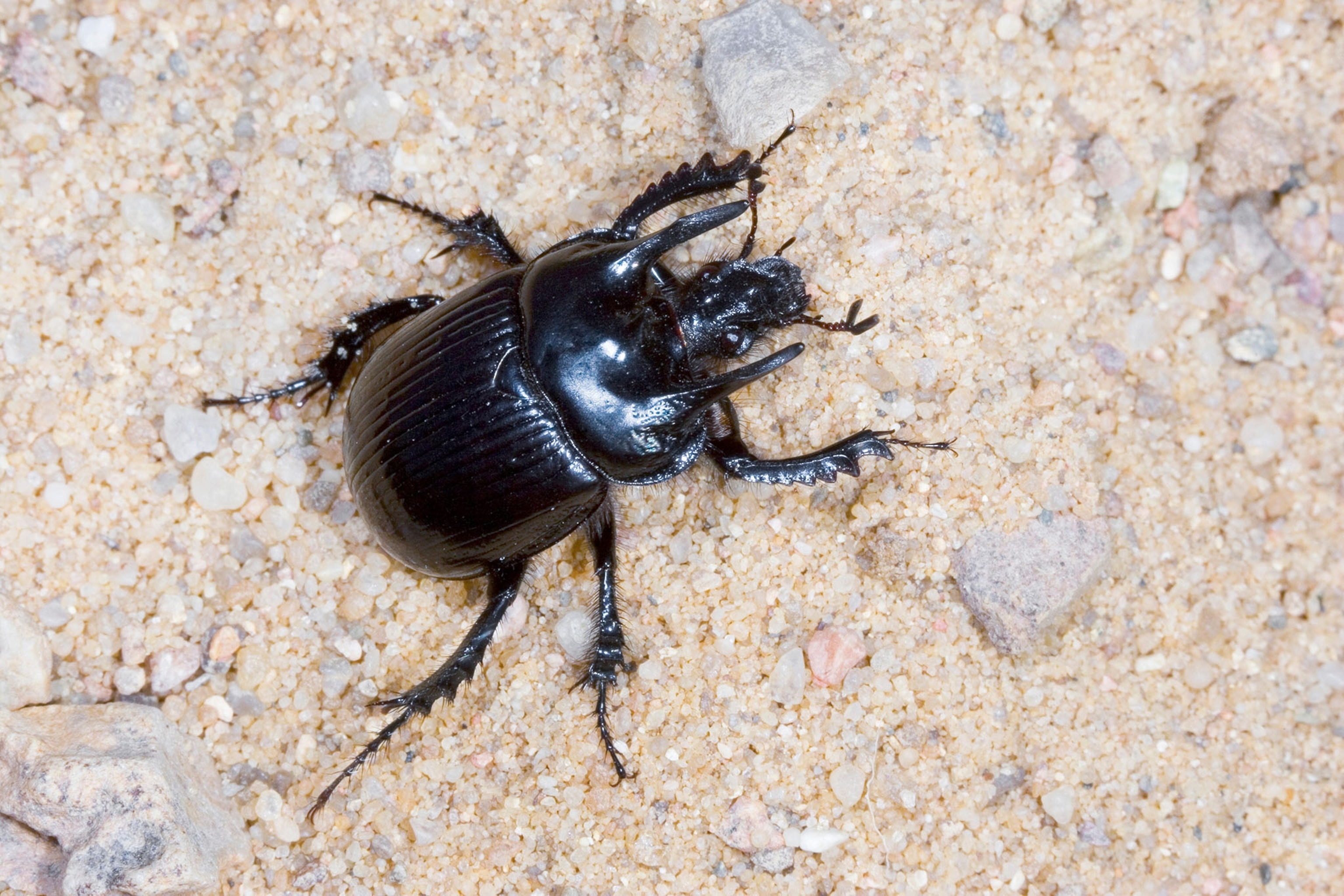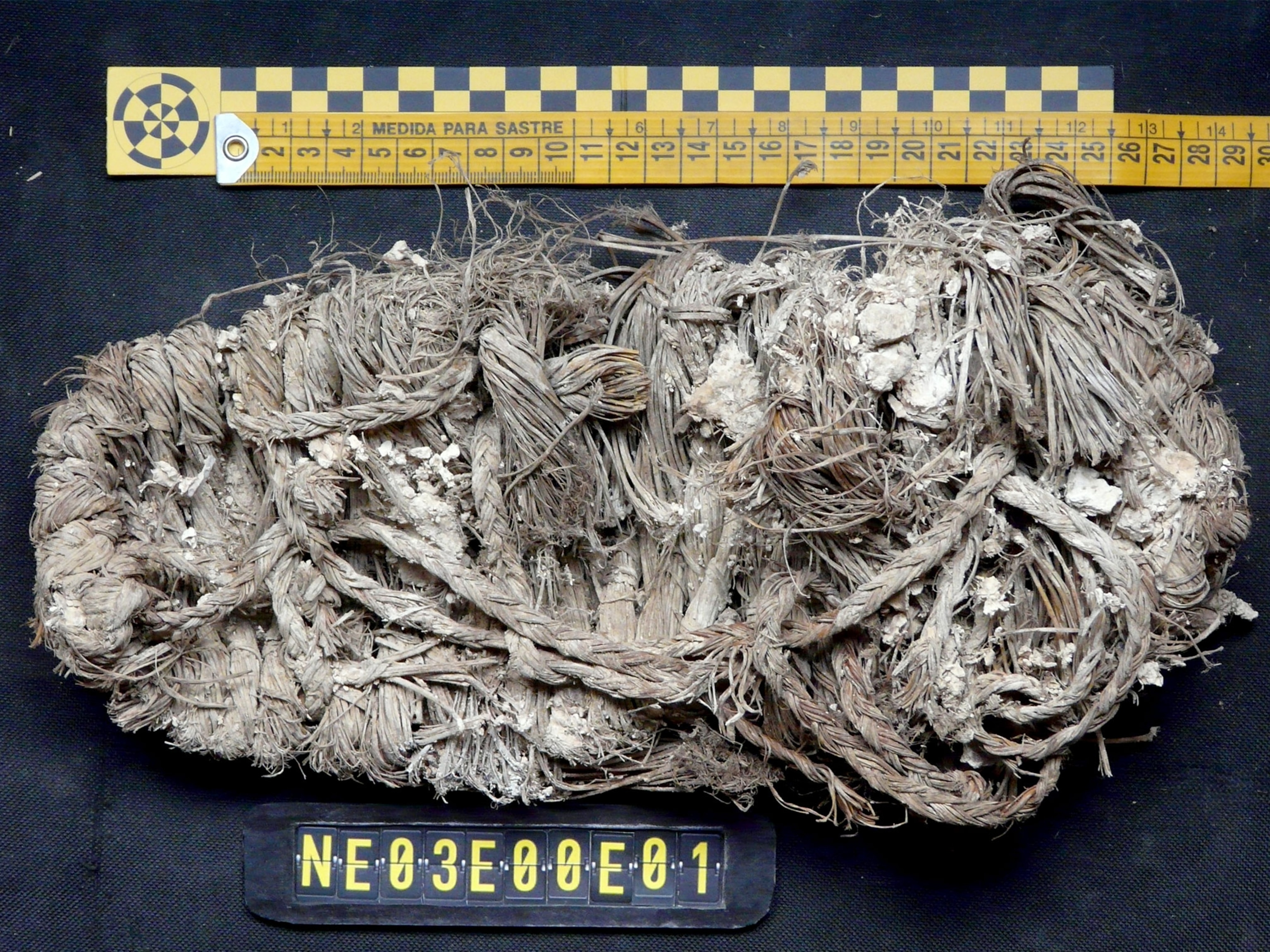
Weird and Fascinating Ways Animals Use Poop
For one, some eat it—like the dung beetle.
None of it smells like roses.
That’s conventional poop wisdom, but otter dung, called spraint, can sometimes smell like violets, according to entomologist Richard Jones, author of the new book Call of Nature: The Secret Life of Dung.
Such flowery feces made Weird Animal Question of the Week curious: "How do various animals use poop?"
Setting Boundaries
Badgers, which range throughout Europe, live in groups of about a dozen animals. This scrappy team “digs a series of small rectangular pits, which together … form the latrine,” says Jones.

This badger bathroom sends a message to other roving badgers that "this territory is already taken, and we’re very well fed and very strong," he says. (Read how rhinos use poop piles like a social network.)
Cosmetics
The Egyptian vulture has a specific mission when it visits cow dung piles: Eating the yellow poop.
Not only does yellow dung contains nutrients—in particular carotenoids—but it intensifies the vultures' bright yellow beaks and faces of both sexes.
Birds that sport a robust yellow hue show that they're fit, and so are more attractive to mates and capable of establishing dominance in a group than birds with paler colors.
Baby Nursery
From the rainbow scarabs of the southern and eastern U.S. to the minotaur beetle of Jones’ native England, dung beetles are nature's recyclers—and "beautiful, elegant, shining, [and] handsome," to boot, he says.
Though dung beetles of the world have many different behaviors, their most famous maneuver involves rolling fresh excrement into a ball. Males will then painstakingly push their balls back their burrows, often toting a female who was hanging out at the dung pile.

Next, the beetle couple buries their poop ball in a burrow and lays a single egg inside—which serves as both baby food and nursery. (See "Dung Beetles Navigate Via the Milky Way, First Known in Animal Kingdom.")
In a behavior that's unheard of among insects, "then they sit there and look after it … exactly the way birds do," Jones says.
Food
Dung beetles may be the charismatic cleaning crew, but hidden microbes that do a lot of the dirty work.
Anne Estes, a microbiologist at the University of Maryland, Baltimore, studies microbes living inside dung beetle guts—or, you could say, the cleaners inside the cleaners.
In bull-headed dung beetles, a Mediterranean insect also found in parts of the United States and Australia, larvae eat mom's dung, called frass. The frass contains a particular type of microbe that enables the larvae to digest the cow dung into which they was born. (Related: “Dung Beetles’ Favorite Poop Revealed.”)
Then, after having eaten their mom's poop and the cow's poop, the larvae feed on their own poop.
“It’s a crappy way to get food,” Estes quips.
True, but their recycling gets five stars.
Have a question about the weird and wild world? Tweet me, leave me a note in the comments, or find me on Facebook. Weird Animal Question of the Week answers your questions every Saturday.





